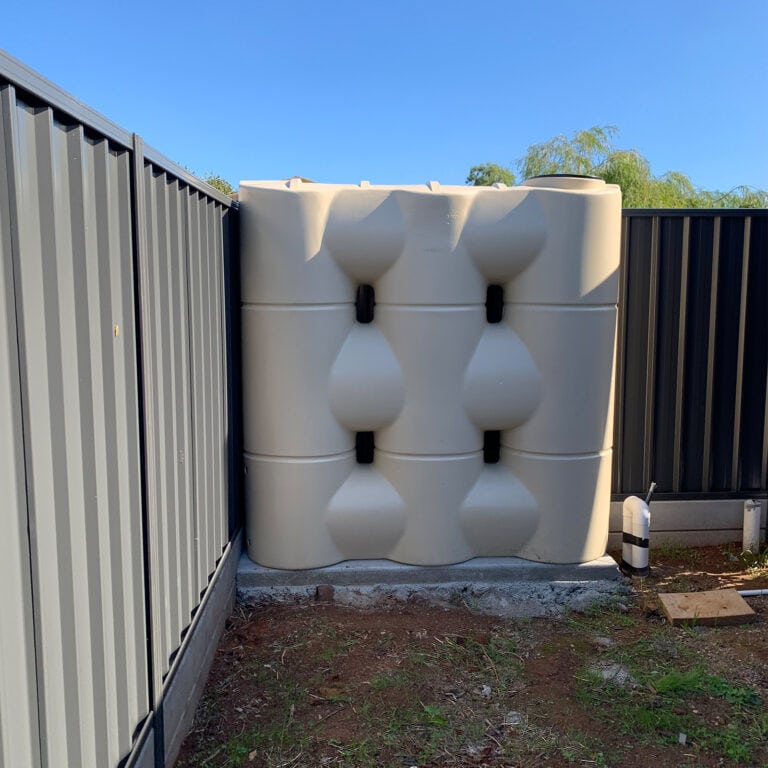Recognizing the Importance of Rain Containers in Drought-Prone Regions for Water Safety And Security
In areas at risk to extended dry spells, the role of rain storage tanks in boosting water safety and security is a topic of growing relevance. As communities grapple with the challenges of water shortage, recognizing the value of these tanks exceeds mere collection of rain. Rainwater tanks serve as an essential device in reducing the effect of water lacks by giving a lasting source of water for numerous needs. The true value of rainwater tanks expands far beyond mere storage space; it includes resilience-building procedures and the promo of long-lasting water preservation strategies. This complex method to water safety warrants a closer examination of the role rain containers play in making sure a reputable water during times of dry spell.
Advantages of Rain Tanks
Using rain tanks offers a sustainable service for increasing water and enhancing water security in property and commercial settings. Among the main benefits of rain storage tanks is their capability to minimize reliance on mains water. By catching and saving rainwater that falls on rooftops, this alternative resource can be utilized for different non-potable functions such as watering, purging toilets, and washing garments. This not only conserves treated alcohol consumption water but likewise decreases water costs for customers.

Rain Harvesting Techniques
Rain harvesting methods encompass a variety of methods made to effectively gather and save rain for numerous purposes, adding to water conservation and sustainability. An additional popular strategy is the use of above-ground or below ground storage space tanks to store rainwater for later use.

Additionally, rain yards and absorptive pavements are innovative techniques that entail landscaping or paving surfaces in such a way that enables rain to percolate into the ground, restoring groundwater gets. In addition, contour farming and terracing are agricultural techniques that help record rainwater and protect against soil disintegration in sloping surface. By applying these varied rain harvesting strategies, communities can improve water safety and durability in drought-prone regions while advertising sustainable water management practices.
Significance of Water Security
Guaranteeing reputable accessibility to clean and adequate water sources is critical for maintaining human wellness, financial pop over to this site growth, and ecological well-being. Water safety is an essential element of societal resilience, specifically in areas vulnerable to droughts and water shortage. Appropriate water safety includes various measurements, including accessibility, top quality, and access of water for residential, agricultural, commercial, and ecological needs.
Water security plays an essential role in advertising public wellness by reducing the prevalence of waterborne conditions and guaranteeing sanitation facilities. Financially, water safety and security is vital for farming productivity, commercial operations, and general economic growth. Slimline water tanks. Water protection is carefully connected to environmental sustainability, as it sustains communities, biodiversity, and total eco-friendly balance.
In drought-prone regions, water safety basics and security becomes a lot more essential as a result of the heightened risk of water scarcities. Carrying out approaches like rain harvesting, water recycling, and effective water management techniques can considerably enhance water security in these areas. By prioritizing water security, communities can much better withstand the impacts of climate change, populace growth, and other challenges that endanger water accessibility.
Enhancing Water Resilience
With boosting international water difficulties, constructing resilience in water systems has actually become a crucial focus for lasting advancement initiatives. Enhancing water resilience includes carrying out approaches to guarantee water schedule and top quality when faced with altering ecological conditions, such as droughts, floodings, and pollution.
One trick aspect of enhancing water strength is advertising the use of rainwater containers in drought-prone regions - Slimline water tanks. Rain storage tanks act as a reliable methods of capturing and keeping rainwater for later usage, reducing dependence on limited freshwater sources during completely dry periods. By incorporating rain harvesting systems into water monitoring strategies, areas can enhance their capability to endure water shortage and keep water protection

Sustainable Water Preservation
Amidst rising water difficulties, the prudent management of water sources through lasting preservation techniques is critical for ensuring long-lasting ecological stability and social wellness. Sustainable water conservation entails the reliable use water sources to satisfy existing needs without endangering the capability of future generations to satisfy their own needs. By carrying out methods such as rainwater harvesting, greywater recycling, and water-efficient modern technologies, areas can reduce water wastefulness and relieve stress on freshwater resources.
Additionally, lasting water conservation practices add to ecosystem wellness by maintaining adequate water levels in rivers, lakes, and marshes, sustaining biodiversity, and protecting natural environments. These practices additionally play an essential role in alleviating the influences of environment modification by helping to adapt to changing rainfall patterns and water accessibility.

Final Thought
To conclude, rain tanks play a critical duty in improving water protection and resilience in drought-prone regions. By using rainwater harvesting strategies, areas can minimize their dependence on traditional water resources and promote lasting water preservation practices. This not just aids mitigate the effects of water deficiency throughout droughts however also adds to lasting water safety and durability despite environment adjustment challenges.